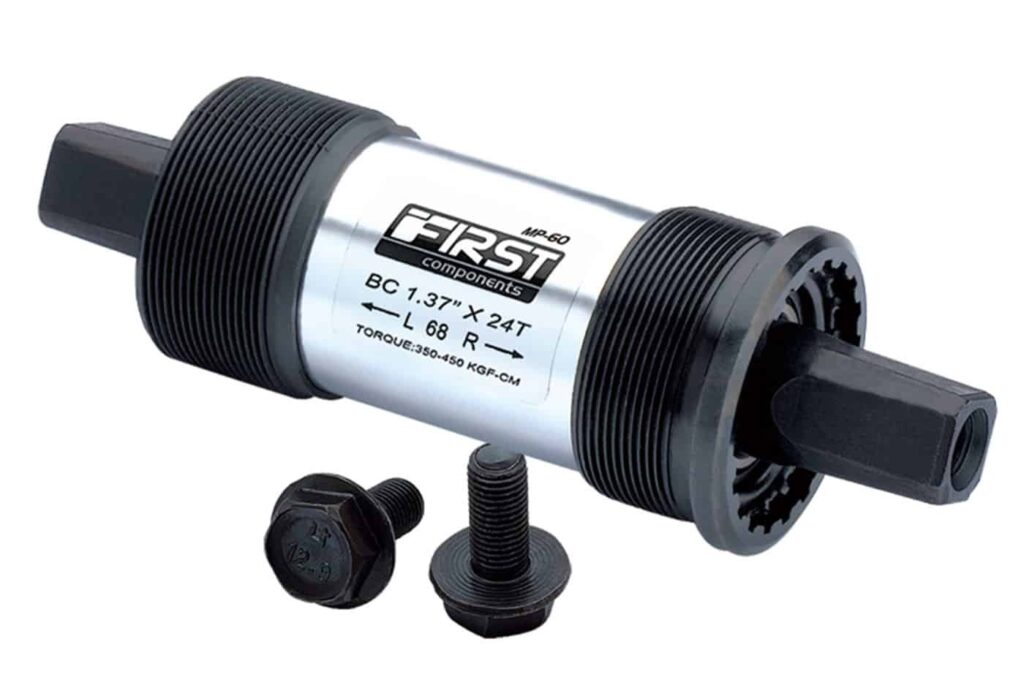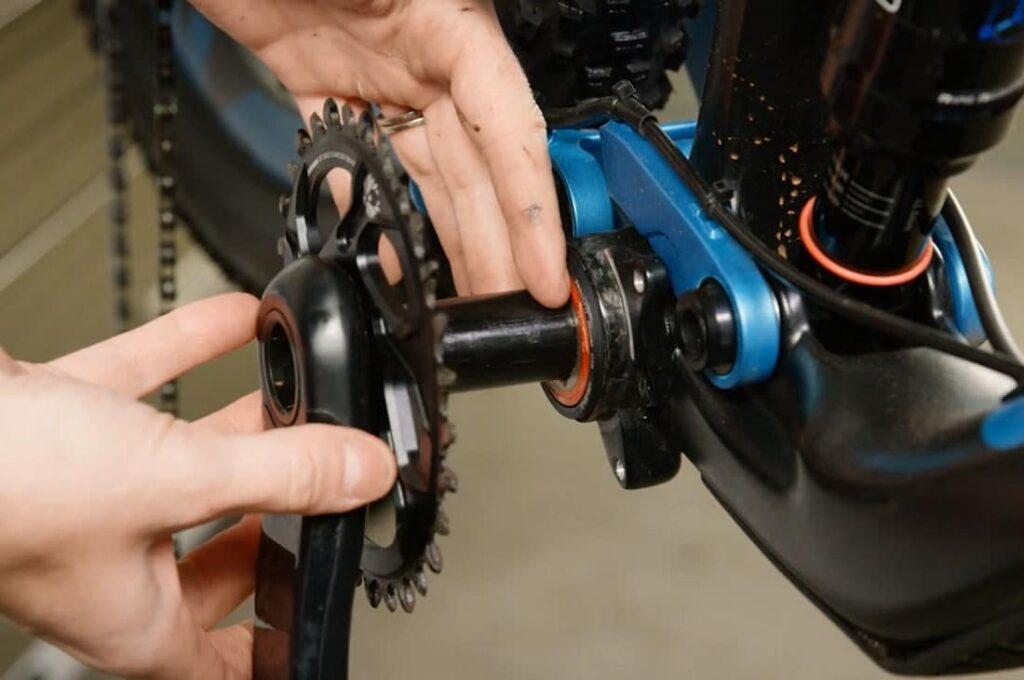If you own an e-bike or are thinking of getting one, you’ve probably heard about the E-Bike Bottom Bracket. This small but essential component plays a crucial role in keeping your ride smooth and efficient. But what exactly does it do, and how can you keep it in top shape? In this guide, we’ll break down everything you need to know, from its function to common issues and maintenance tips. Understanding this component will not only help you extend the lifespan of your e-bike but also improve your riding experience by reducing mechanical inefficiencies.
Table of Contents
Table of Contents
What is an E-Bike Bottom Bracket?
The bottom bracket is the part of your e-bike that connects the crankset (pedals and crank arms) to the bike frame. It allows the cranks to spin smoothly, ensuring efficient power transfer to the wheels. Unlike standard bicycles, some e-bike bottom brackets come with torque sensors, helping regulate power assistance based on pedaling force. These sensors are crucial for providing a natural riding experience, as they determine how much assistance the motor should give based on your effort.

A well-functioning bottom bracket ensures that pedaling remains smooth and responsive. Without it, energy transfer between your pedaling motion and the drivetrain would be inefficient, leading to unnecessary fatigue and mechanical strain.
Types of E-Bike Bottom Brackets
Not all bottom brackets are the same. Here are the most common E-Bike Bottom Bracket Types:
- Threaded (BSA) Bottom Brackets – Known for durability and ease of replacement. They screw into the bike frame and are common in many e-bikes. They are a preferred choice for riders who want a long-lasting and serviceable option.
- Press-Fit Bottom Brackets (BB86, BB92, etc.) – These are lightweight and fit directly into the frame without threads but require precise installation. While they save weight and manufacturing costs, they may need more maintenance due to a higher risk of creaking over time.
- Integrated Bottom Brackets – Found in mid-drive motor systems, these are built into the E-Bike Motor and Bottom Bracket Connection, providing direct power transfer. These bottom brackets often work seamlessly with specific motor systems, ensuring better efficiency but requiring specialized servicing.
Understanding which type of bottom bracket your e-bike uses is essential for proper maintenance and replacement when needed.
Common E-Bike Bottom Bracket Problems
Like any mechanical part, bottom brackets wear out over time. Here are some signs of trouble:
- E-Bike Bottom Bracket Noise – Creaking or clicking sounds may indicate dirt buildup, loose components, or worn-out bearings. If left unchecked, these noises can develop into more severe issues.
- Pedal Resistance – If pedaling feels harder than usual, the bracket might be dry or damaged. Resistance can make your ride uncomfortable and decrease battery efficiency.
- Play or Wobbling – If you notice side-to-side movement in the crankset, the bearings may be loose or worn. This can lead to inefficient power transfer and, in extreme cases, structural damage.
- Misalignment Issues – Poor installation or wear can cause the bracket to shift, affecting power transfer and potentially damaging other drivetrain components.
How to Maintain an E-Bike Bottom Bracket
Regular E-Bike Bottom Bracket Maintenance keeps your bike running smoothly and extends its lifespan. Here’s how you can care for it:

- Inspect for Wear & Tear – Periodically check for cracks, looseness, or unusual noise. Early detection of issues can prevent expensive repairs down the line.
- Clean Regularly – Wipe down the bottom bracket area and remove dirt to prevent grinding and wear. Use a mild degreaser and a soft brush to remove grime buildup.
- Lubricate Properly – Apply the correct E-Bike Bottom Bracket Lubrication to keep bearings running smoothly. Ensure you use a lubricant suitable for e-bike components, as excessive friction can lead to premature wear.
- Tighten Components – Use the right tools to ensure the bracket and crankset are secure but not over-tightened. A torque wrench can help maintain the correct tension without causing damage.
- Avoid Excessive Water Exposure – Water can seep into the bearings and cause corrosion. While most e-bikes are designed to handle rain, avoid high-pressure washing near the bottom bracket.
By following these steps, you can extend the lifespan of your bottom bracket and improve your e-bike’s overall performance.
When to Replace Your E-Bike Bottom Bracket
If cleaning and lubrication don’t solve the issue, you may need an E-Bike Bottom Bracket Replacement. Here’s when to consider a new one:
- Persistent noise or rough pedaling.
- Visible wear on the bracket or bearings.
- Significant wobbling or play in the crankset.
- A loss of smoothness in the pedal stroke despite lubrication and cleaning.
When choosing a new bracket, consider the Best Bottom Brackets for E-Bikes, ensuring compatibility with your motor type and riding style. Some e-bike manufacturers recommend specific models to work best with their drivetrain systems, so always check your user manual or seek expert advice.
Additional Tips for E-Bike Bottom Bracket Care
- Use Quality Tools – When servicing or replacing your bottom bracket, using the correct tools will help prevent damage.
- Monitor Performance Regularly – If you ride frequently, checking your bottom bracket every few weeks can prevent long-term issues.
- Seek Professional Help When Needed – If you’re unsure how to replace or service your bottom bracket, take your e-bike to a qualified mechanic.
Conclusion
Your E-Bike Bottom Bracket is a small but vital part of your bike’s performance. Regular maintenance, proper lubrication, and timely replacement will keep your rides smooth and trouble-free. Don’t ignore strange noises or resistance—giving your bottom bracket some attention today can save you from bigger repairs down the road!
If you ride your e-bike often, make bottom bracket inspections part of your routine maintenance schedule. A well-maintained bottom bracket ensures you get the best performance, efficiency, and longevity out of your e-bike.
Have you checked your bottom bracket lately? It might be time for a little TLC!








